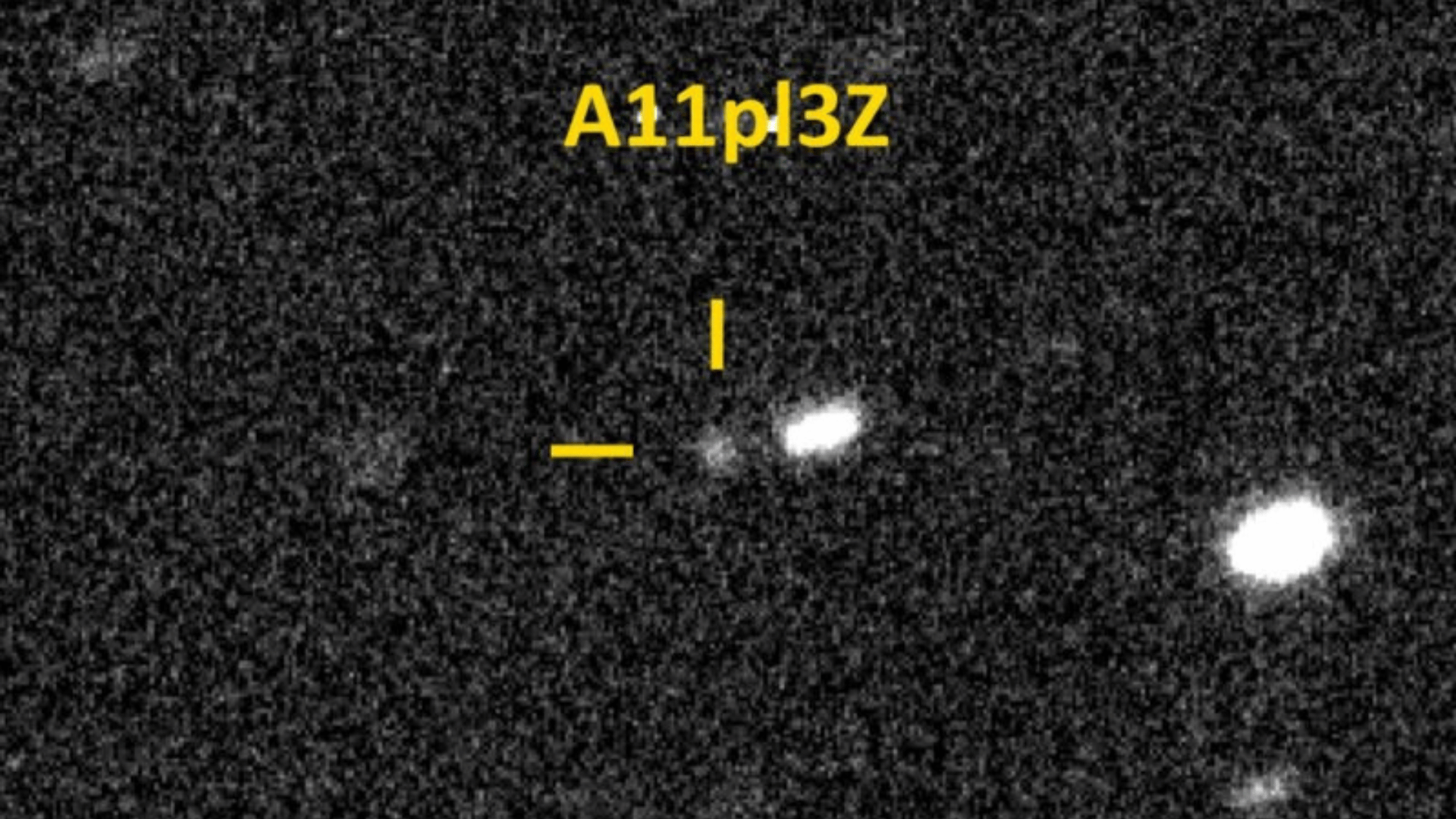A new object in the solar system may have come from interstellar space and is heading toward the Sun. There are only two other known interstellar objects that have entered our solar system before: ‘Oumuamua and Comet 2I/Borisov. Comet 2I/Borisov was a comet from another solar system, and the nature of ‘Oumuamua remains unknown.
New Interstellar Object

Our third interstellar visitor, currently named A11pl3Z, is likely a comet or asteroid that didn’t originate from our solar system based on its trajectory.
Astrafoxen, an astrophysics undergrad student in California on Bluesky, has shared an image of A11pl3Z from the Deep Random Survey in Chile. Sam Deen, a prolific amateur astronomer, also found earlier images of the object in ATLAS data from June 25 to 29. These images show the trajectory of the object, indicating it’s most likely interstellar.
According to EarthSky, Marshall Eubanks, a physicist, VLBI radio astronomer, and co-founder of Space Initiatives, said on the Minor Planet Mailing List that the object could be as large as 12 miles (20 km) in diameter.
The object is currently at about magnitude 18.8, and it will reach its closest point to the sun (approximately twice as far as the Earth is from the sun) in October 2025. At that point, the object will be moving at approximately 68 km/s relative to the sun, or 152,000 miles per hour.
It will also come within approximately 0.4 AU of Mars in October 2025, making it observable by the Mars Reconnaissance Orbiter.
The International Astronomical Union’s Minor Planet Center added the object to their Near-Earth Object confirmation list on July 1, 2025. The object is also on NASA/JPL’s Near-Earth Object Confirmation Page under A11pl3Z.
“Note that next April (2026) it will have a velocity relative to Earth of about 90 km/s. That should set a record.” Eubanks said.







